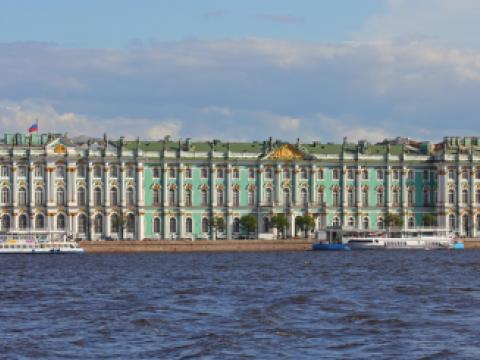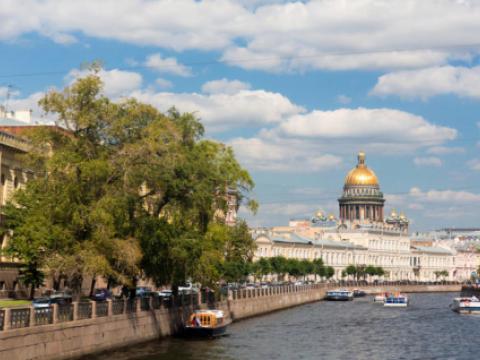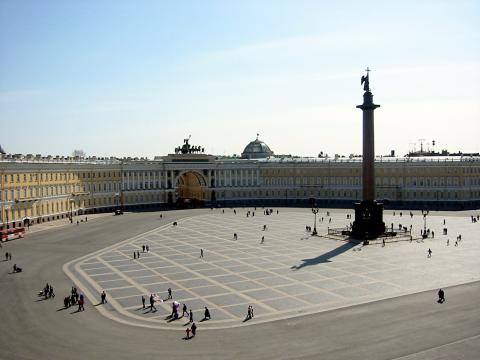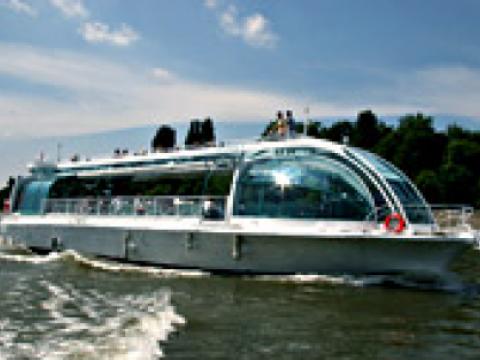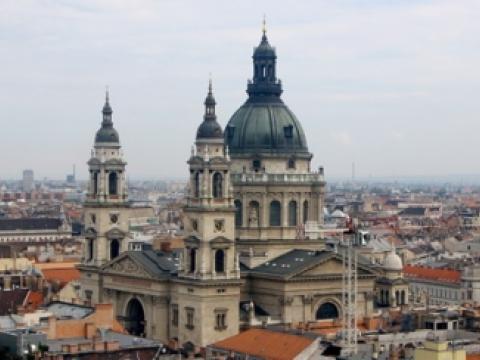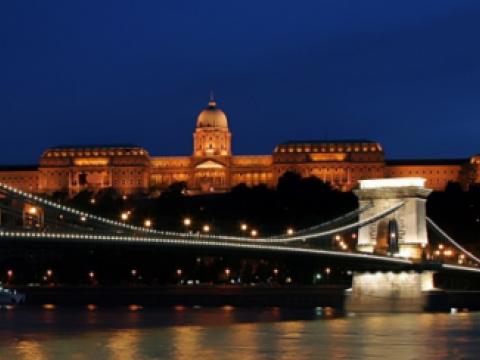Location
Circular Quay is a colorful port near Sydney Opera House where boat watching can be as good a pastime as people watching. This is a popular neighborhood made up of walkways, pedestrian malls, parks and restaurants. While street performers entertain outside, those wanting a more cultural experience can head into the Museum of Contemporary Art where a sculpture garden on the roof is as much a view as the waterways below.
On the southern side of Circular Quay you will find a walkway that leads to the Sydney Opera House and Royal Botanical Gardens. On the northern side, a short walk along lovely landscaped walkways takes you to the Harbour Bridge and The Rocks, another attractive and interesting part of Sydney, also one of the oldest.
The main bus stops in the city centre are at Circular Quay, Wynyard and Central Stations and the Queen Victoria Building (QVB) where you will also find visitor information kiosks. Train stations in central Sydney include Central, Museum, St James, Town Hall, Wynyard, Circular Quay, Martin Place and Kings Cross.
Free. General food and drinks costs.







